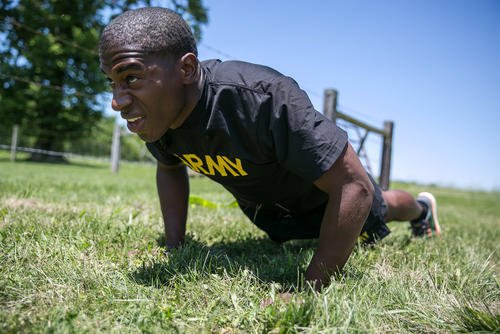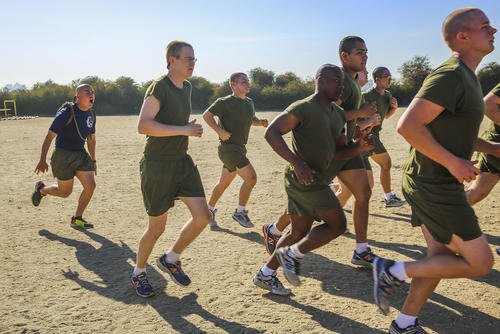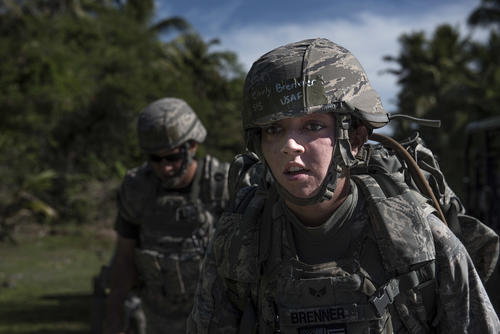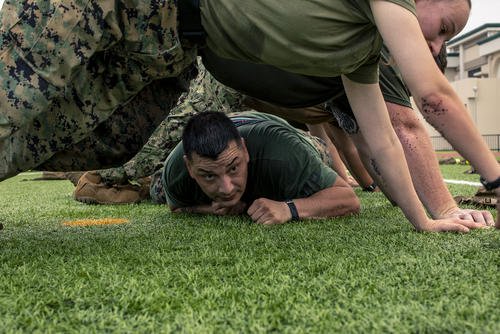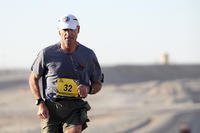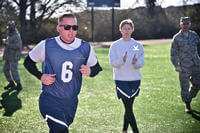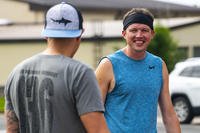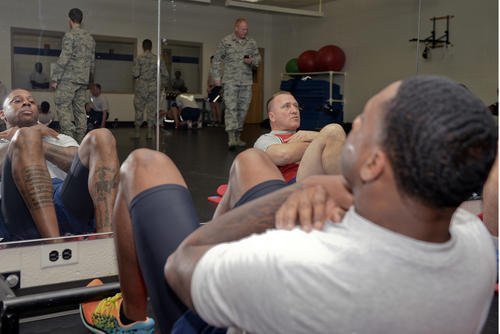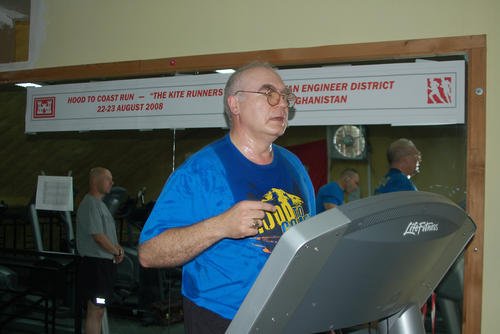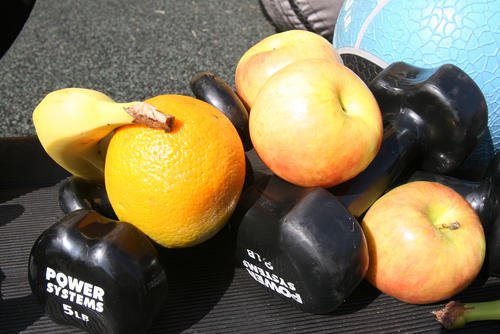For more than a decade, Team Red, White and Blue -- a nonprofit organization for veterans – has operated a unique program that combines physical activity with a sense of shared purpose and mutual support.
The power of the tribe has made a difference for a growing population of unhealthy veterans. Studies exploring the health outcomes of veterans and civilians over the past 20 years reveal concerns, highlighting the need for programs such as the ones Team RWB provides. For the first time, veterans have worse health markers than civilians.
For America’s military veterans, the transition to civilian life is challenging mentally and physically and can coincide with a loss of a feeling of identity and connection to a peer group. Recognizing this and the increased success of group training activities, Team RWB recently released findings from its Enriched Life Scale (ELS) health and wellness study. They shine a light not only on the needs of veterans, but also on the tangible benefits of targeted community and social engagement.
Read Next: How Walking Backward Can Enhance Your Overall Fitness
Improving veterans’ lives is best achieved by avoiding social isolation and fostering genuine connections, according to Team RWB’s mission. With more than 200 national chapters creating local and consistent social opportunities, veterans can engage physically and socially and by volunteering. Through a spectrum of events, training sessions and programs, the organization’s philosophy is rooted in the understanding that strong bodies and strong bonds build resilient communities, and they use the Enriched Life Scale to assess the progress of their efforts.
The Enriched Life Scale and the 6-Month Study
The ELS is an assessment tool created in collaboration with Syracuse University. Since 2016, Team RWB has used it to assess key aspects of well-being, such as physical health, mental health, social relationships and sense of purpose.
A recent six-month study explaining this scale evaluated the effects of comprehensive programming on veterans’ health and wellness. In conjunction with the ELS, health biomarkers (essentially the metabolic syndrome risk factors) were also assessed. Participants underwent regular monitoring of critical health indicators, including:
- Blood pressure
- Cholesterol
- Body weight
- Blood sugar
- Triglyceride levels
Their level of fitness also was tracked. By integrating these objective biomarkers with self-reported well-being scores, the study generated a comprehensive picture of participants’ progress.
Focusing on physical and social activity was central to the study’s approach. Veterans engaged in structured exercise, team events and group challenges. Each facet of the program was designed to improve fitness, camaraderie and motivation. The results were not surprising as group exercise events statistically show greater success and consistency over individual efforts. Group fitness participants experience greater stress reduction, improved quality of life and higher completion rates, compared to those exercising alone, studies have revealed.
In other words, a key to improving health and quality of life are physical activity and strong social bonds.
Key Data Points of the Study
Over the six months, 80% of participants showed improvements in physical and mental health. Trends showed meaningful reductions in blood pressure, cholesterol, weight and other risk factors. Participants reported better social relationships, a deepened sense of belonging and renewed purpose.
- The most significant gains were observed in physical health (25%) and mental health (21%).
- 53% of participants showed improvement in their biomarkers, with 41% reducing their at-risk biomarkers and 33% achieving more optimized levels.
- 68% of participants had an improved Body Mass Index (BMI), with an average decrease of nearly 2%.
Workouts varied from volunteer events, team challenges, Hero Workouts of the Day (WODs), hiking, and Couch to 5K and marathon training programs. Workout groups were local or virtual, with accountability structured in. The workouts varied to accommodate different fitness levels and preferences.
A growing body of research confirms mental and physical health are linked. As participants’ fitness and biomarker scores improved, so, too, did their outlook, self-confidence and sense of meaning. Many credited the supportive Team RWB community for rekindling their motivation and combating isolation -- a common challenge faced by veterans.
Who Can Join Team RWB?
Team RWB is open to veterans, active-duty service members, military families and civilians. The organization says this fosters diverse connections and strengthens its ability to reach those who have served through local and virtual team missions. For more information on Team RWB, check out their website.
Want to Learn More About Military Life?
Whether you're thinking of joining the military, looking for fitness and basic training tips, or keeping up with military life and benefits, Military.com has you covered. Subscribe to Military.com to have military news, updates and resources delivered directly to your inbox.







